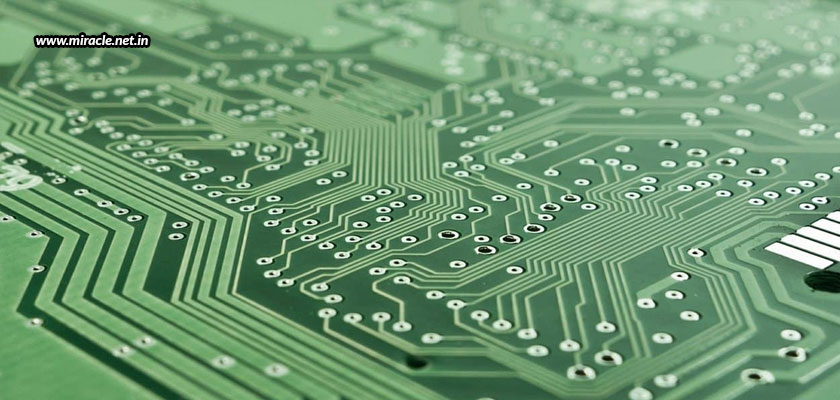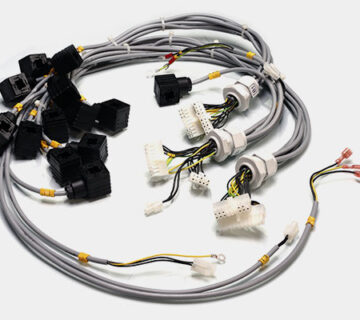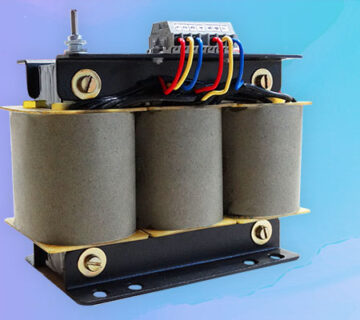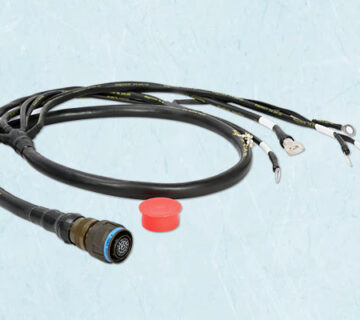Have you ever pondered over how power is transferred within PCBs to power up our appliances? There are so many tiny components within a single PCB board that designing such a complex power supply to help reach every minute component, requires immense skill, time, and effort. Moreover, with the increase in circuit design density and complexity, the complexity of the design also becomes more magnified. Only a perfect power supply design can overcome this challenge. But, for a perfect design, all the possible problems need to be dealt with. Some such problems that need to be addressed include electromagnetic interference, component selection, reduced current loops, and trace design to handle high currents. In addition, many important parameters like voltage, current, and heat loss need to be considered too. Let’s take a look at the five most important considerations for a PCB power supply design.
Consideration 1 – Choosing the right regulator
You need to choose from two types of power supply regulators – linear and switch mode. Linear regulators are those that provide low noise output, but high heat dissipation, which requires cooling systems. They require an input voltage higher than the required output voltage, and the high heat dissipation also makes them less efficient. Switch mode regulators, on the other hand, are highly efficient over a broad current range, as they convert one voltage to another by temporarily storing energy in inductors, and then releasing that energy at a different voltage at different switching times. This switching noise causes spikes in response.
Consideration 2 – Thermal management
When current passes through, heat is emitted, but this heat depends on the component’s power level, impedance, and characteristics. Choosing good regulators can reduce this heat dissipation. Other than this, it is also important to ensure that the electronic circuits operate at lower temperatures for more effectiveness, and this can be done by using proper cooling methods. These may include heat sink, heat pipes, fans, thermoelectric coolers, and thermal vias. Heat sink is best used with a linear regulator; thermal vias can be used near high power rating components; or fans can be readily incorporated into the design to ensure forced cooling.
Consideration 3 – Choosing the right capacitor
Capacitors are used to provide short spikes in the current requirement of the device. Decoupling can reduce impedance between the power and ground. Thus, decoupling capacitors act as a secondary power source, providing the current needed by the circuit. Bypass capacitors are the other choice that bypass the noise and reduce fluctuation in the power bus.
Consideration 4 – Power integrity
The power integrity of the power supply design should be ensured, which is the quality of power delivered to the circuit. It is the power integrity that measures how effectively the power is transferred from the source to the load within a system, making sure the circuits and devices are supplied with appropriate power so that the desired performance of the circuit is achieved. To achieve such power integrity, the power supply noise needs to be managed with the help of simulation tools that can estimate voltage drops, identify hotspots of high current flow in the circuits, and recommend placement of decoupling capacitors.
Consideration 5 – Frequency response
When power supply goes from no load to full load, the voltage output dips briefly before returning to normal voltage. The output may also oscillate for some time before the voltage settles to normal. If these oscillations go beyond limits, it becomes important to tune the output capacitors and compensation capacitors. When the power supply goes from full load to no load, then too these oscillations may occur. For a better response to this, it is important to make sure that the selected components are within design constraints. But, AC and DC circuits should be considered separately.
To make sure that all the above and much more is considered while designing a PCB design, you need to get in touch with PCB assembly manufacturers in India that are skilled, experienced, and recognized; one like Miracle Electronics.




